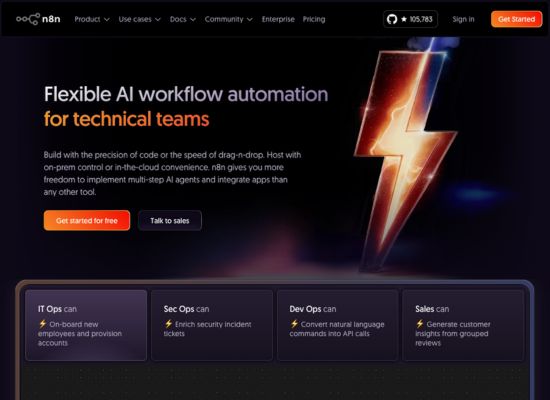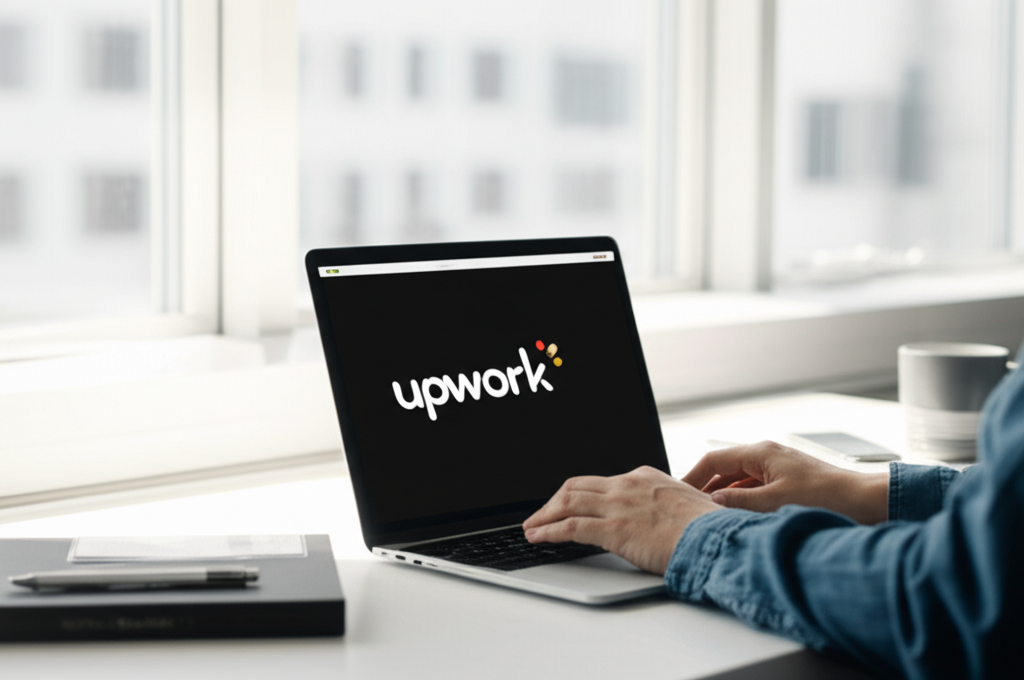Earn on the Side by Freelancing Your Coding Skills
Take on flexible client projects and start making money with the skills you already have — on your own time, from anywhere.

What Is Freelance Coding?
Freelance coding means using your programming skills to take on paid projects for clients. You're not building your own product or startup — you're solving real problems for real people, and getting paid per task, per hour, or per project.
Freelance opportunities include:
Building websites or landing pages
API integrations
Bug fixes
Automation scripts
Full-stack app builds
You can freelance on platforms (like Upwork or Fiverr) or by reaching out directly to clients.
Why Choose This Path?
Immediate income potential
Start earning from your first client
Flexible time commitment
Work evenings, weekends, or in sprints
Diverse projects
Constantly learn by solving new challenges
Build a real-world portfolio
Shows impact better than personal projects. Learn how to build one without clients
Repeat work is common
Clients love reliable devs
Freelancing Guides
View all guidesLearn from real-world experiences and practical advice to accelerate your freelance journey.

Getting Started with n8n: The Ultimate Automation Tool for Freelancers and Product Builders
Learn how to master n8n workflow automation and turn it into a profitable freelancing skill or product business. Complete guide from installation to monetization strategies.

The Complete Upwork Freelancing Guide for Developers
Master Upwork freelancing with this comprehensive guide. Learn proven strategies for profile optimization, proposal writing, client acquisition, and scaling your income from first gig to sustainable business.

Freelancing vs. Product Building: The Complete Decision Framework for Developers
Confused about whether to freelance or build products? This comprehensive guide analyzes income potential, lifestyle impact, and strategic considerations to help you choose the right path based on your goals, personality, and life stage.
How to Get Started (Step-by-Step)
Identify your core service
Pick one or two services you can deliver well (e.g. "React frontends" or "Node API integrations").
Create a simple portfolio
Use Notion, GitHub, or a 1-pager with a few projects and testimonials (if available).
Pick a platform or outreach method
Start with Upwork, Fiverr, Contra, or DM startups via Twitter or email.
Submit 5–10 targeted proposals
Customize each one to the client's needs. Focus on results, not tech jargon.
Deliver exceptional results
Go beyond expectations — this builds client trust and referrals.
Ways You Can Make Money
Example Rates:
- Junior devs: $15–$40/hr
- Mid-level: $40–$75/hr
- Senior/specialized: $75–$150+/hr
Skills You'll Need (and How to Level Up)
Tools & Platforms
Freelance Platforms
, , , (curated)
Outreach Tools
(email), ,
Project Management
, ,
Payments
, ,
Ready to Land Your First Client?
Start freelancing with a simple portfolio, a few outreach messages, and confidence in your skills. Download the Freelance Starter Kit. It includes:
- Portfolio template (Notion)
- Proposal writing tips
- 5 outreach message templates
FAQs
How much experience do I need?
Even junior devs can get paid projects if they position themselves well and overdeliver. Focus on a specific niche or technology to stand out.
What if I've never worked with a client before?
Start with free/discounted projects or contribute to small open-source requests to gain confidence. Document these experiences for your portfolio.
Do I need a personal website?
No, but it helps. You can start with Notion, GitHub, or even a well-written LinkedIn profile. Here's how to build a portfolio even without clients.
What tech stack is best for freelancing?
Popular stacks like React, Node, Python, and WordPress have the most demand. However, specializing in emerging technologies can command higher rates with fewer competitors.
How do I handle taxes as a freelancer?
Set aside 25-30% of your income for taxes. Consider consulting with an accountant who specializes in freelancers. Track all business expenses as they may be deductible.
How do I deal with difficult clients?
Clear contracts, detailed scope documents, and regular communication prevent most issues. For truly difficult clients, don't be afraid to professionally end the relationship if it's hurting your business.
How many hours should I expect to work?
Start with 5-10 hours weekly while keeping your day job. As you build a client base, you can scale up. Full-time freelancers typically bill 20-30 hours weekly (the rest is admin, marketing, etc.).
What tools do I need to get started?
The basics include: a reliable computer, stable internet, communication tools (Slack, Zoom), project management software (Trello, Asana), and time-tracking software if billing hourly.
How do I price my services?
Research market rates for your skill level and location. Start slightly lower to build reviews, then increase rates with experience. Value-based pricing (charging based on the value you provide) often yields better results than hourly rates.